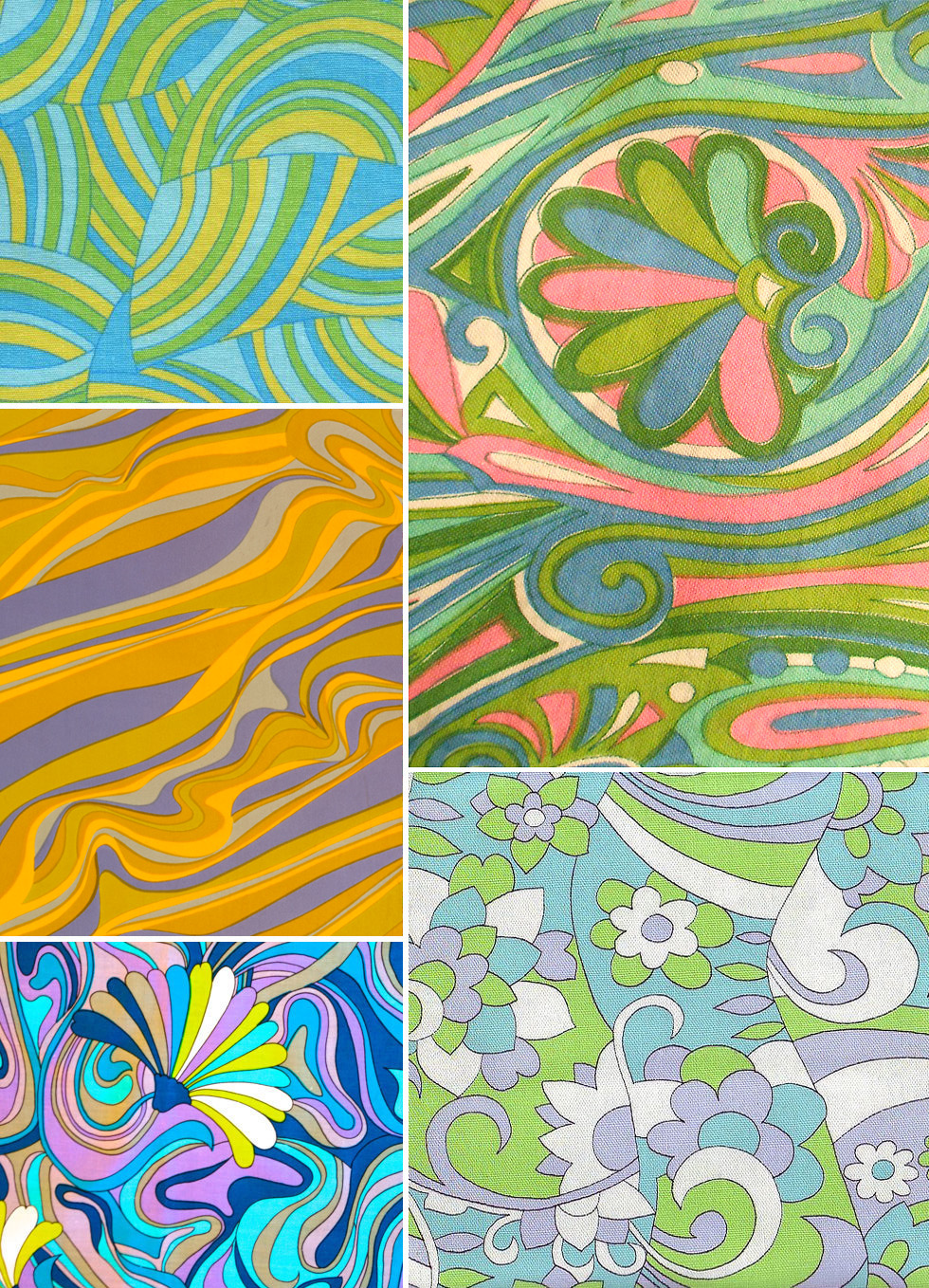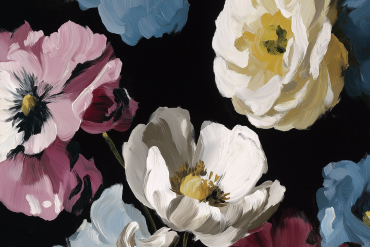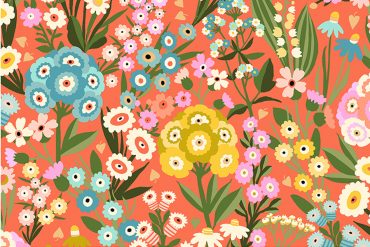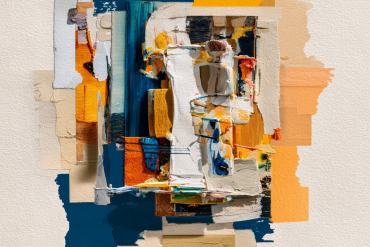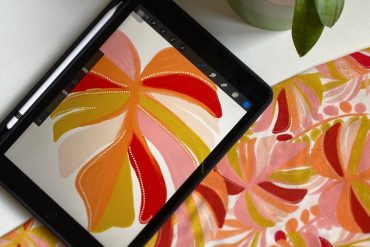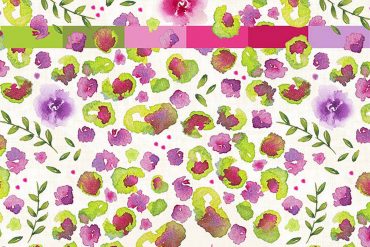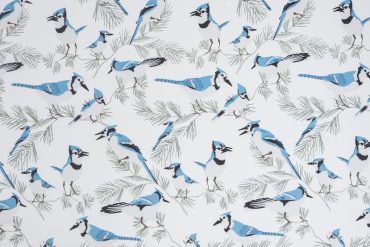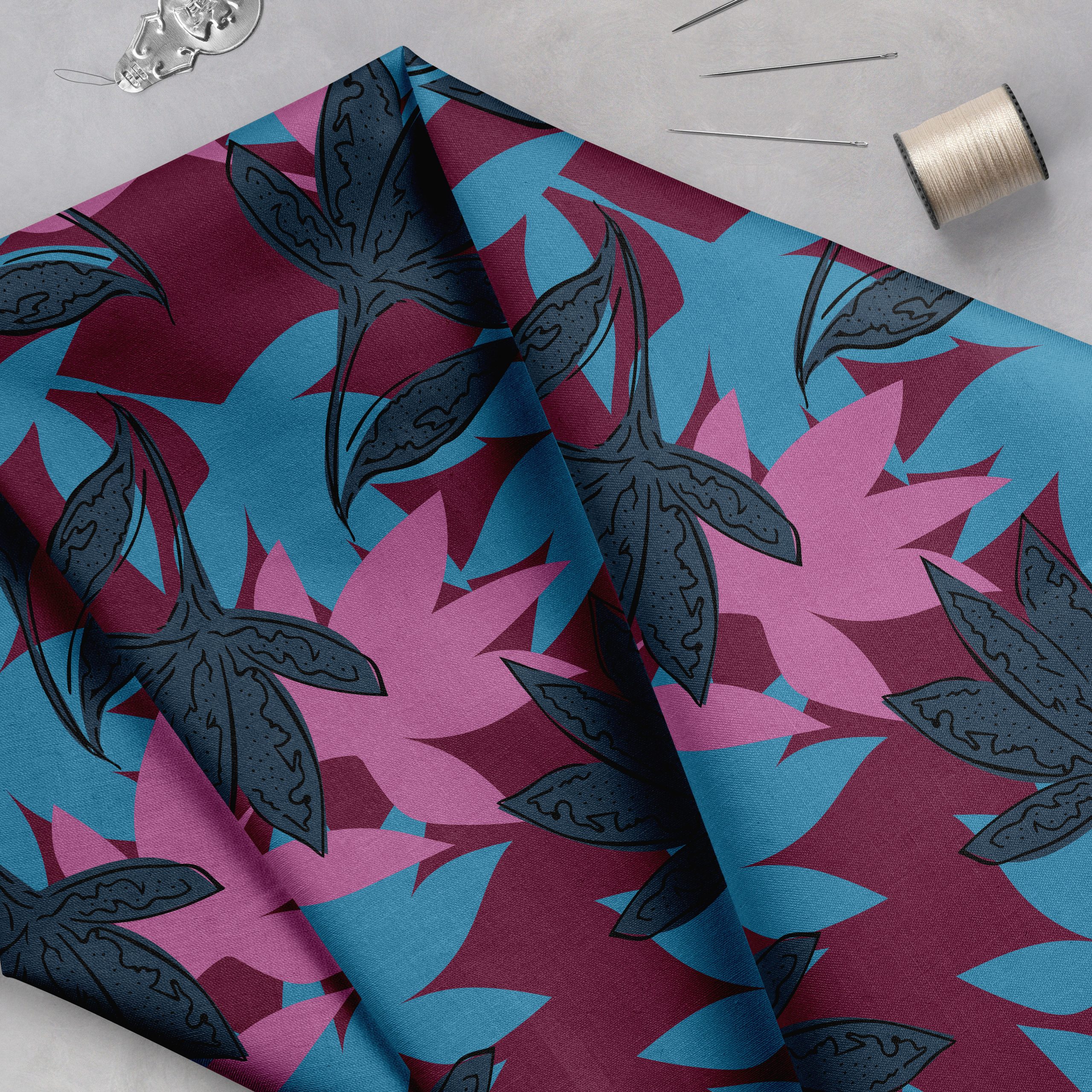Series on the history of surface design by Julie Gibbons.
Psychedelia in surface design embraced the wildest of the wild; using a mind-bending mix of optical swirls and eye-poppingly intense colour. The designs were exuberant and extravagant; they were like looking at the world through undulating rainbow lenses. Distinctive for their fluid swirls, they often used bright, flat colour and cartoon-like outlines, with segments layered in apparently random arrangements.
The name itself comes from a subculture of the 60s, and it was associated with the states of altered consciousness achieved through the use of various stimulants including sensory stimulation or deprivation, but most commonly through the use of hallucinatory substances. There was a great deal of art and graphic design produced along the same lines, with a few particularly famous examples, such as Cream’s album cover for Disraeli Gears by the Australian artist Martin Sharp.
Many existing design styles from other cultures and time frames were reinvented with psychedelic overtones. Paisley in particular with its expansive curves seemed ready-made for use within psychedelia, and was used liberally.
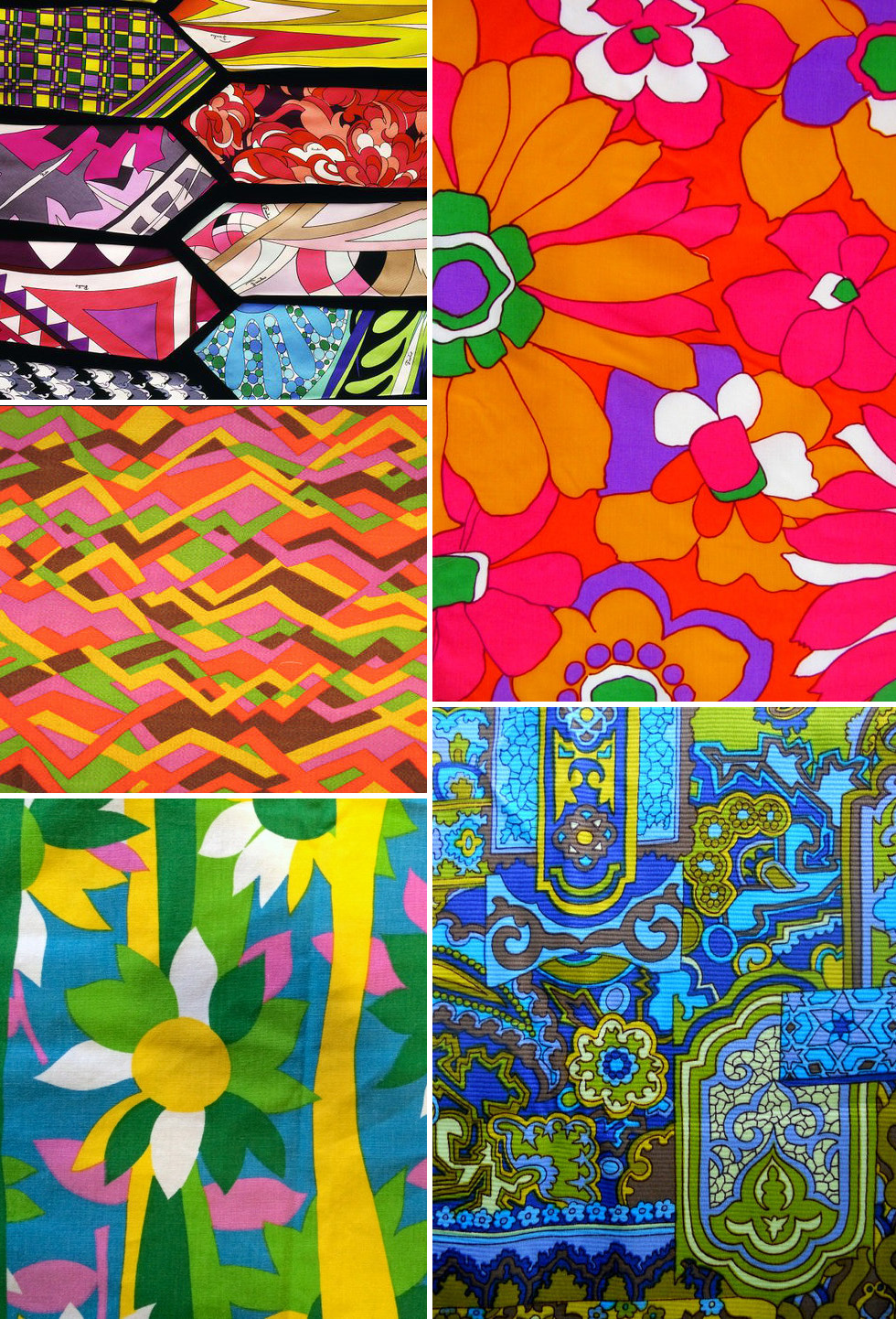
In America, Jack Lenor Larsen was an important figure, establishing the Larsen Design Studio in 1958. He launched the Butterfly Collection in 1967 – a group of intentionally fluid and free-flowing, bold patterns printed onto stretch rayon. This fabric was used for the upholstery of sculptural foam furniture, and the patterns were designed to counter the effects of distortion when in use.
Another champion of the style was the prolific designer Emilio Pucci, whose work rose to immense popularity in America during the 60s. Although his work embraced influences from eclectic classical, Op and Pop, and his travels through Indonesia, India and South America, he is probably best known for his psychedelic style, and his designs graced almost every form of fashion, including scarves, handbags, tights, and men’s ties.
Image credits clockwise from top left – 1. nieszvintagefabric.etsy.com 2. perfectmomentpillows.etsy.com; 3. trueup.net; 4.kimberlyz.etsy.com; 5. Jack Lenor Larsen – Bojangles – cooperhewitt.org

